Theories include:
- The insects might use the moon to navigate by, and man-made lights confuse them
- A light source might be confused as a 'clear path', so insects are heading towards the light so to not bump into obstacles
- Perhaps insects are attracted to UV light because flowers also reflect UV light?
Whatever the reason, we had lots of tiny moths and flies come land on our sheet!
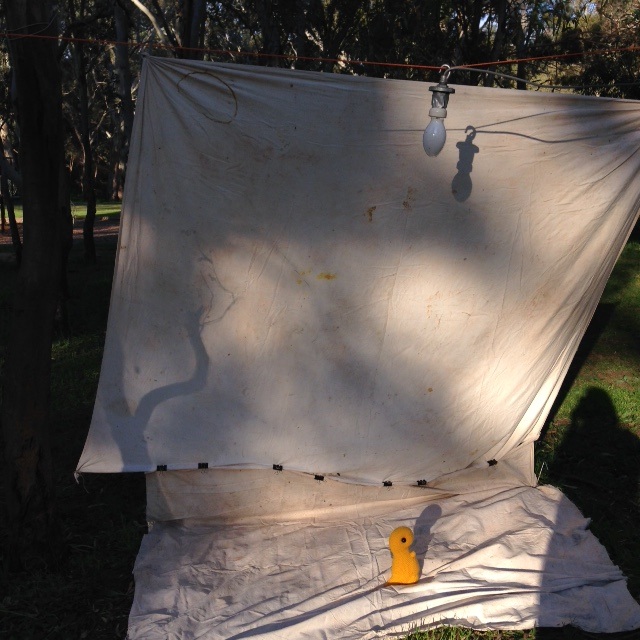
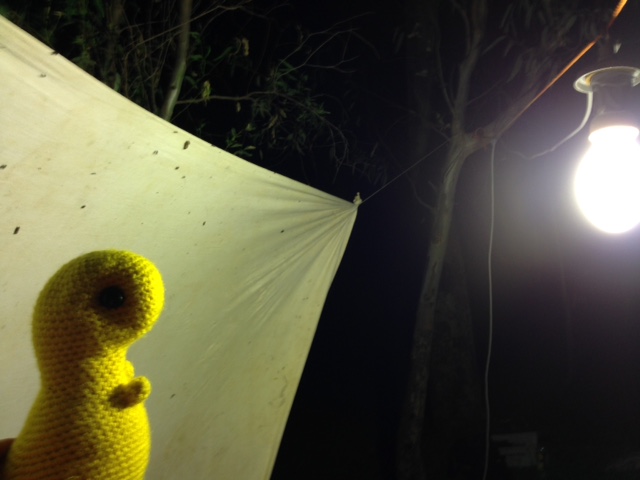
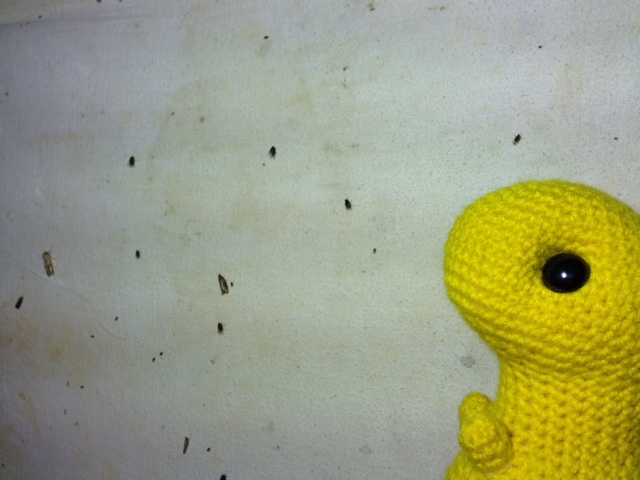
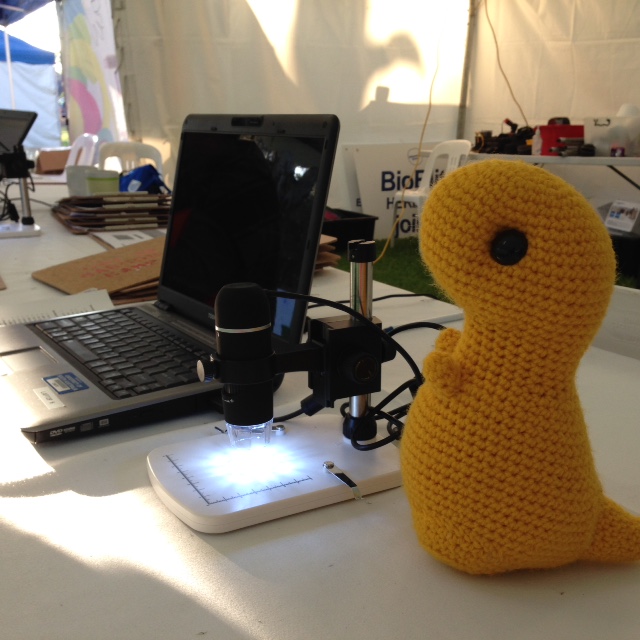
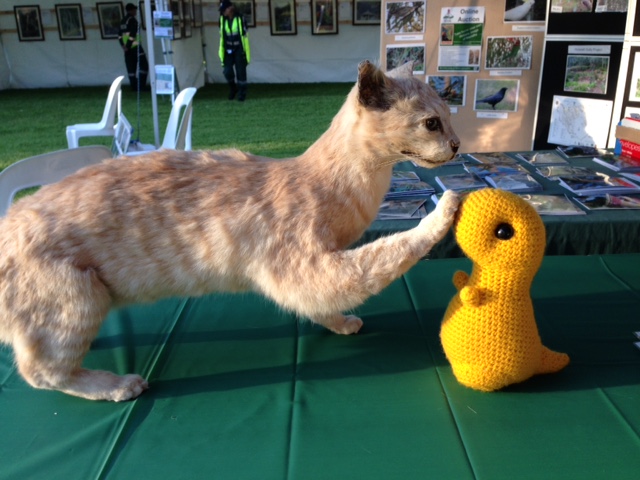
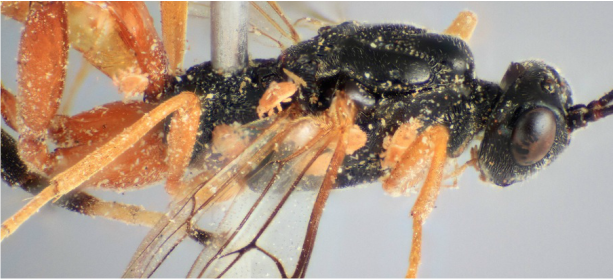
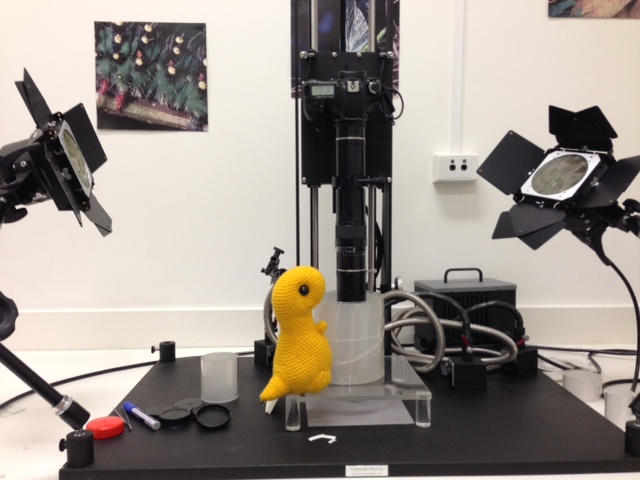
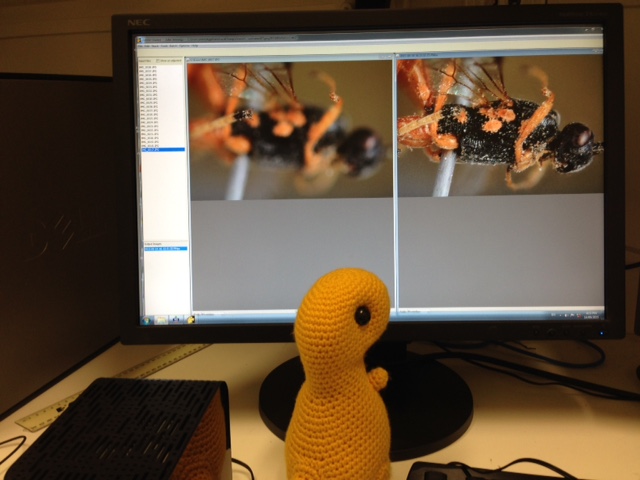
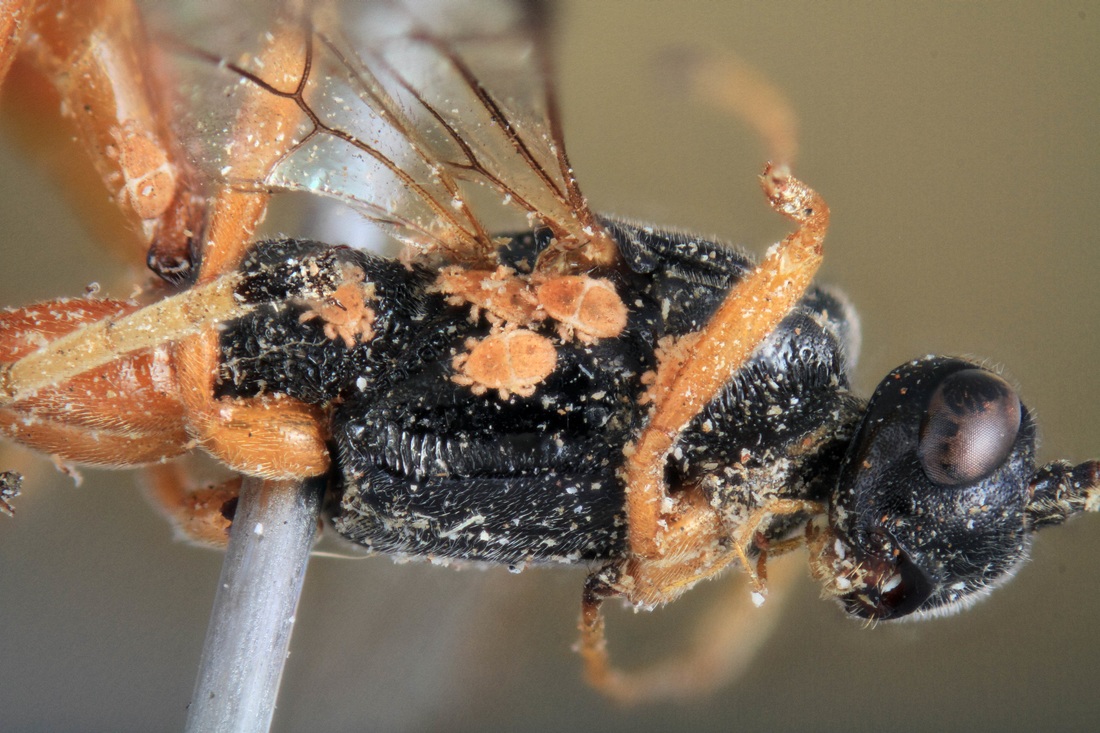
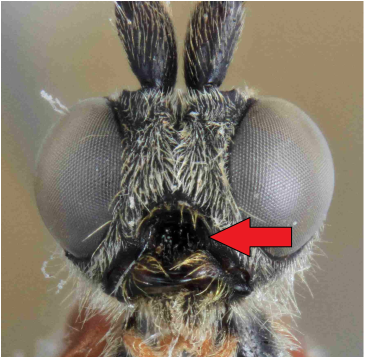
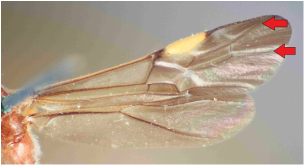
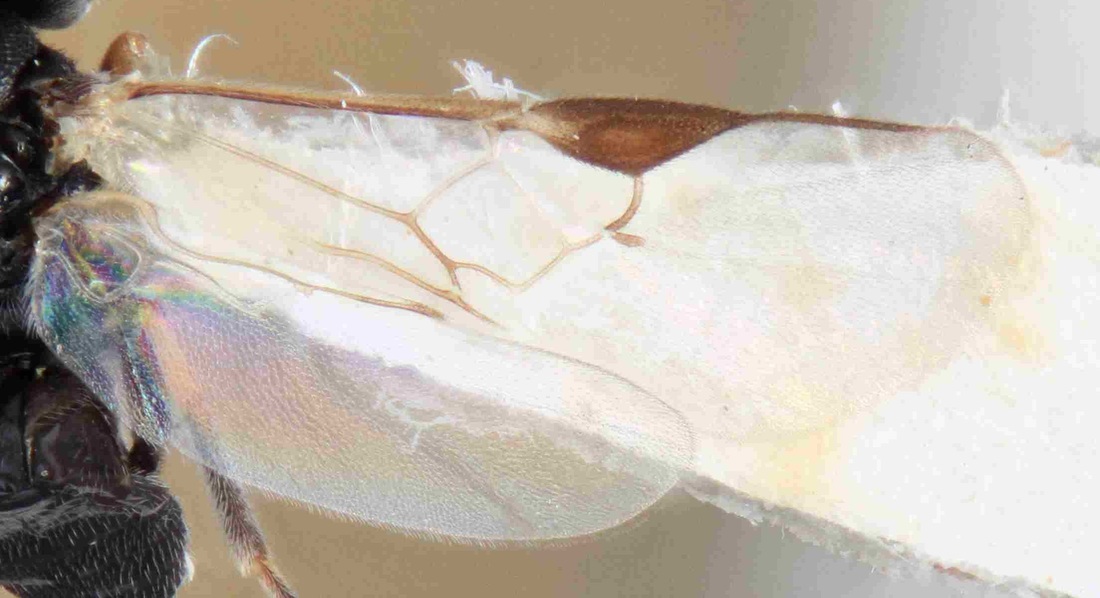
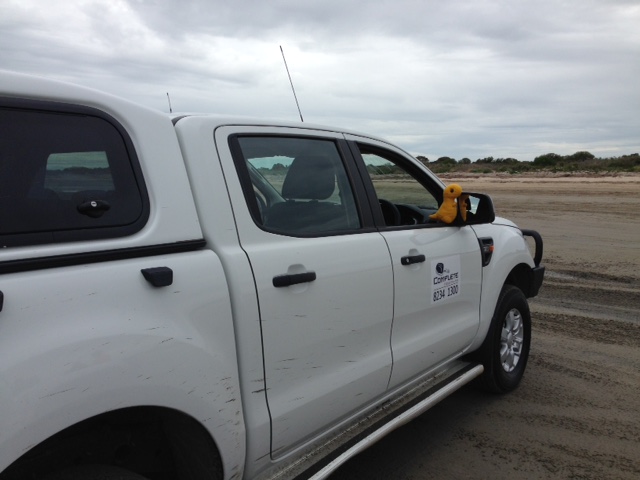
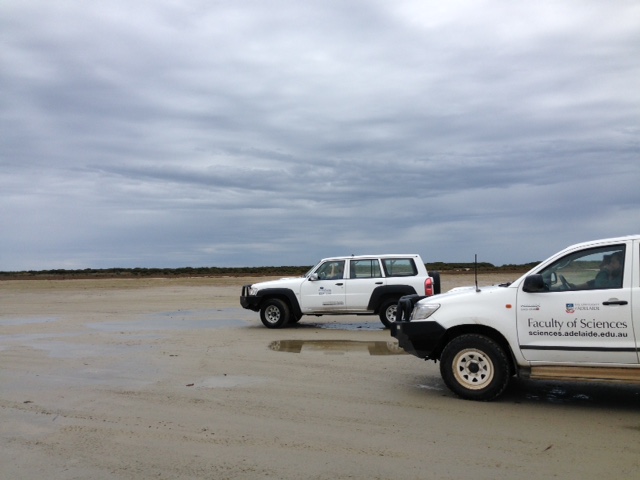
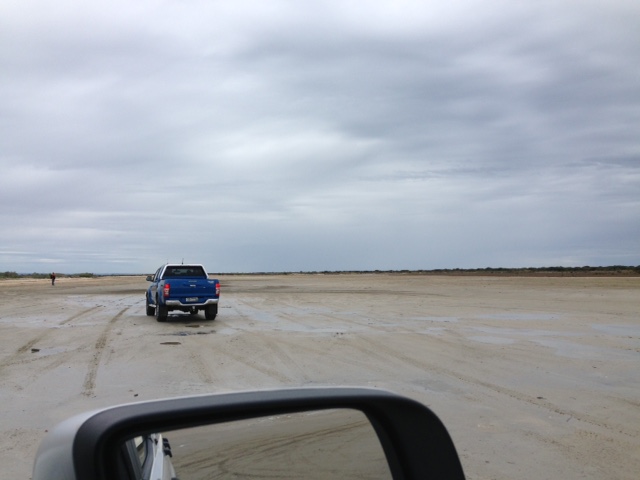
 RSS Feed
RSS Feed
